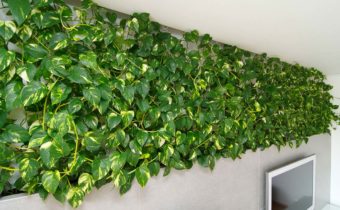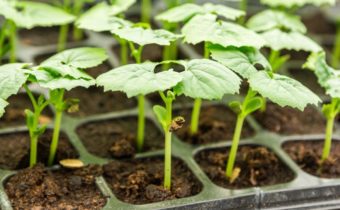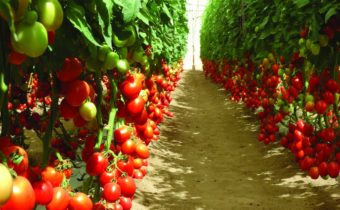Kiwi seed: the secrets of growing in the country
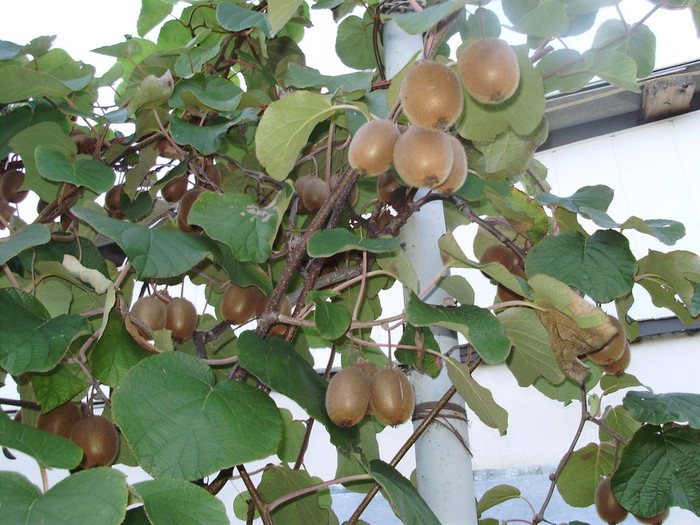
For many, the idea of self-growing kiwi seems rather strange. In fact, planting and growing whole vines with fruit on your backyard plot is possible, but for this you need to know the rules of plant care.
Selection and preparation of seeds
You can grow kiwi from cuttings and seeds. In planting seeds it is very convenient that the breeding material can be taken even from the purchased fruit. However, the process of growing will be much longer and more difficult than in the variant with cuttings.
To get the seeds from the fruit, it is best to use tweezers. If there is no tool at hand, you can simply crush the pulp in the water - the seeds will float to the surface and they will just need to be collected. Seeds are folded into mini-greenhouses, which can be independently made from plastic covers, rags and cling film.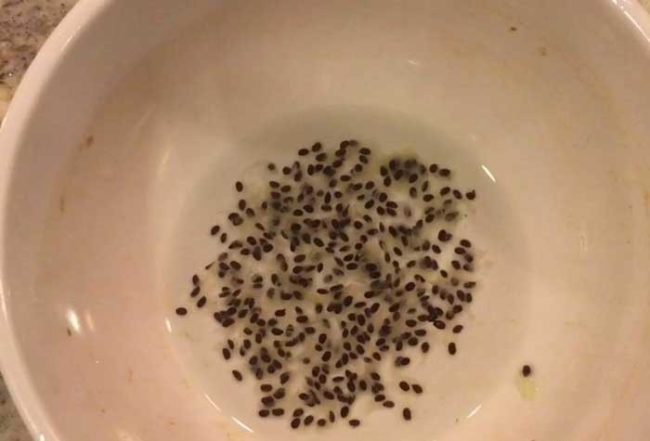
Soil preparation and sowing
An ideal place for disembarking is a hill, on which there will definitely not be excess moisture in the root system. At home, you can simply use a special primer. Kiwi does not like clay soil, stagnant moisture. Also, the earth should be sufficiently nutritious and saturated with oxygen.
When sowing, you should try to observe the ratio of at least 1 male plant to 10 female.
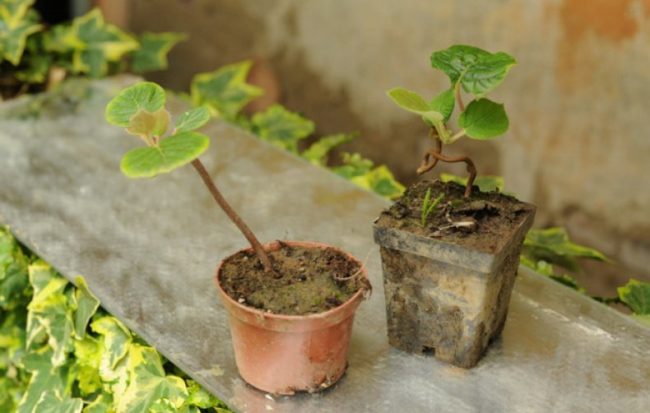
Growing seedlings at home
To get strong healthy seedlings, you need to observe the temperature regime in the room (temperature drops are more destructive than the cold), to prevent overheating in the summer, because this way the plant can get burned. It is possible to plant shoots in usual branch pots, using the substrate from the store as soil.
Watering should be done no more than 3 times a week in the warm season, and no more than 1 time in 2 weeks during the hibernation of the plant. However, it is important to avoid stagnant moisture, because it is harmful to kiwi.
Transplantation in open ground
When transplanting it is important to properly dig the hole. The optimal depth is a standard spade bayonet. To make the plant feel comfortable, small stones or expanded clay are poured at the bottom of the hole. It is not necessary to tamp the ground, it is enough just to powder and water the sapling. As protection against parasites and temperature fluctuations, sawdust is poured on top and put on covers from bottles or agrofibre. In order to grow the vines in neat rows, pegs are driven in along the garden beds, which will guide the vine.
Trimming and care
At home, kiwi is not too whimsical, but when grown in open beds you need to be very careful.
The root system of the bushes does not go deep into the ground and is very gentle, therefore digging and hilling is prohibited.
In the early years, the plant will need regular abundant watering, because kiwi does not like drought as much as stagnant water.
In the first year of planting in the ground, the sapling must be cut into 3-4 buds, from which shoots will later appear. Leave only the strongest and healthiest sprouts, and carefully trim the rest with secateurs. During the second wintering, the sleeves are cut to a length of 2 m.
Fruiting
The first fruits of kiwi fruit will begin no earlier than 3 years after planting. In this case, any violation of plant care will cause a “delay” in the appearance of fruits, therefore, often the first fruits appear only after 10 years.
To obtain fruits, the presence of female and male vines.The floor of the plant can be identified by color, but they will appear at least 3 years later. Thus, it is more profitable to plant cuttings (because the floor will already be known), but when growing from seeds, you need to take only the quantity and hope that among the sprouts will be plants of both sexes.
Regardless of the variety, kiwis begin to mature closer to the beginning of December. However, many people break the fruit earlier (in order to have time to cover the vines to the first frost), and then leave them to ripen at home.
Wintering
Since Kiwi is still a tropical plant, it is necessary to create the most safe conditions for its successful wintering. Gardeners advise mulch vines at least 10 cm in height. After that, you can slightly lower the vines to the ground, and build for them a kind of hut (best of wood), and wrap the entire structure from above with several layers of polyethylene. This will protect the plant from frost and snow. Only the weakest young shoots can frost up, which is completely uncritical. It is also desirable after the first warming to gradually reveal the “hut” so that the vines do not wake up ahead of time.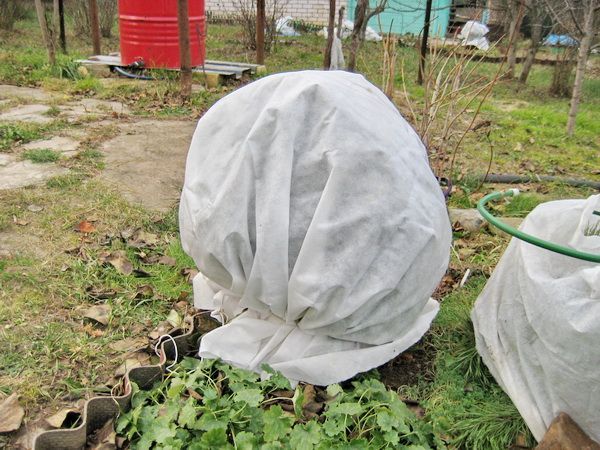
Independently cultivate kiwi in the open field is possible, but it will be much easier to grow it at home. A stable temperature is very important for the plant, although many modern varieties of this fruit are not afraid of frost. The most important life factors for kiwi are good soil, abundant regular watering, competent pruning.


